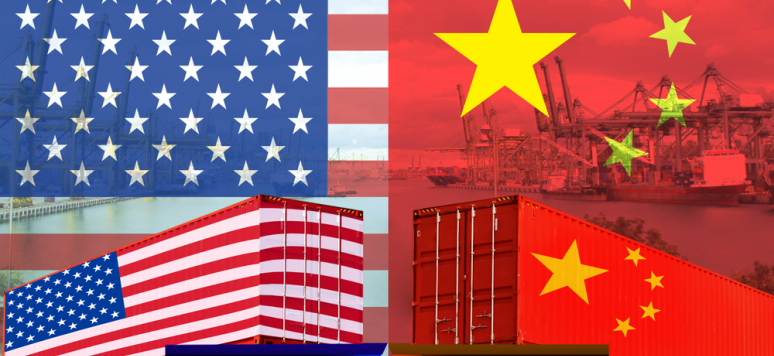Potomac Papers - The US-China Trade War: What Is the Outcome after the Trump Presidency? Potomac Paper, No. 40, November 2020

One of Donald Trump’s campaign promises in 2016 was to end China’s “cheating” on trade and to reduce America's trade deficit by imposing significant tariffs on U.S. imports of Chinese products. This study draws up a first assessment of his policy - and of the "trade war" which stemmed from it.
The practices denounced by Trump – currency manipulation, forced transfers of technology, intellectual property violations, market access restrictions – are directly in line with the criticisms voiced by Americans (and Europeans) these past twenty years. The “trade war”, which culminated in 2018 and 2019, is therefore less a paradigm shift than a change in method. By unilaterally imposing massive tariffs, this administration has departed from the traditional American approach favoring multilateral mechanisms and limited use of targeted tariffs.
How does this trade war play into the technological and strategic competition opposing China and the United States? What are the consequences of the 2018-2019 tariffs escalation on the U.S.’s and China’s economies? How will it impact the multilateral trading order? Following the “Phase One” deal signed in January 2020, what future prospects for the China-U.S. relation?
This content is available in French : La guerre commerciale sino-américaine : Quel bilan à l'issue de la présidence Trump ? [1]
